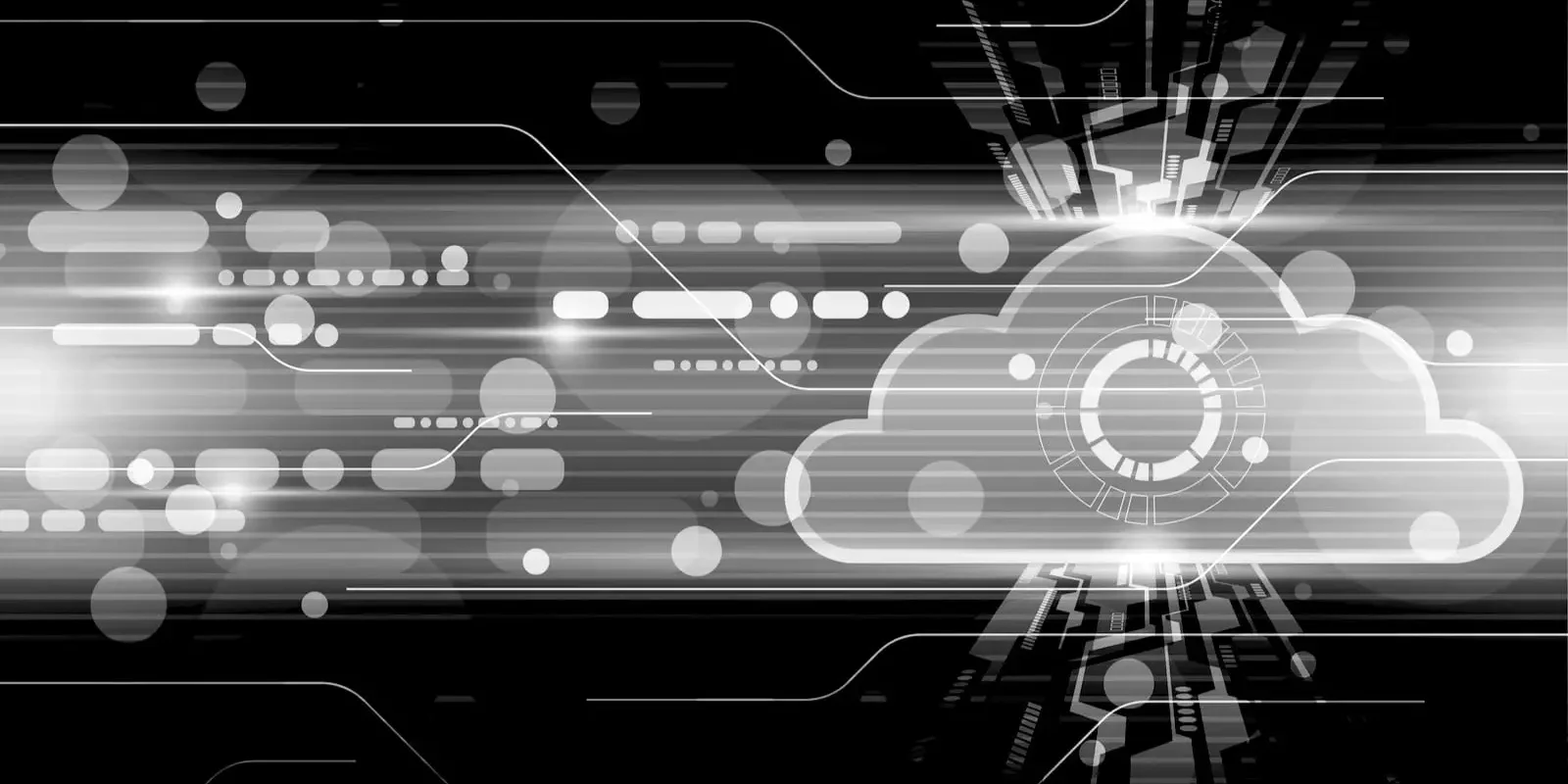If you’ve had even the slightest interaction with technology in the last few years, it’s very likely that you know what the cloud is by now. From its use relating to smartphones and homes to security and building management systems, it feels like the cloud is everywhere and it’s not going away anytime soon.
Because of this, we feel that it’s important to take a step back — before we’re in too deep — and outline the fundamental basics of what the cloud is and how it works. Understanding the cloud’s importance for physical security purposes requires the technical knowledge behind the entire process, which we’re happy to break down for you.
First and foremost, let’s start with the definition: Cloud computing, or cloud, refers to the delivery of hosted services over the internet. With the cloud, modern enterprises can have storage, computing, networking, data processing and analytics, application development, machine learning, and even fully managed services without the capital investment of building and maintaining data centers.
There are primarily three different methods by which most organizations deploy cloud technology. For those adopting private cloud, an enterprise uses proprietary architecture and runs cloud servers within its own data center. A public cloud model enables a company to use third-party cloud providers, such as Google Cloud, Amazon, or Microsoft. Finally, hybrid cloud models allow for a mix of on-premise, private, and/or third-party public cloud services.
Now, when you imagine how the cloud actually works for surveillance and physical security, the process can be compared to water. Unstructured video data (without the use of the cloud) is homogenous, like flowing water. It takes human observation to understand what is happening in the flow, and disturbances require human investigation to decode and understand the anomaly.
For example, when motion triggers an event from a security camera, a human is required to review the footage after the fact to identify the issue. This type of human review requires time and means a response may be slow and delayed. While unstructured video data can work for forensic purposes, it is certainly not ideal when immediate action for events and threats is required.
The cloud, using artificial intelligence (AI) and machine learning software, solves this challenge by allowing modern businesses to structure their data without the use of extensive, on-premise hardware. This can prove to be invaluable, as human eyes no longer need to do all the work and organizations can achieve higher accuracy through correlating data across devices. And when structured data is extracted from real-time video, it becomes possible for companies to shift from being reactive to proactive and preventative.
Proactive and predictive intelligence can drive improvements in enterprise security, operations, and for uncovering new business potential. The cloud is also agile and cost-efficient, and with little hardware maintenance required, it’s easier to upkeep than traditional on-premise servers. And cloud architecture is built to scale with processing and storage needs, meaning organizations can scale up or down as needed and without the concern of outdated software or hardware.
There are many business advantages in the cloud, including simplified operations, central management of globally dispersed business sites, business analytics, Internet of Things (IoT) enablement, and the use of AI for business intelligence. Check out how cloud benefits can apply to integrators and end users. And if you’d like to learn more about the case for cloud in surveillance, watch our video here.
